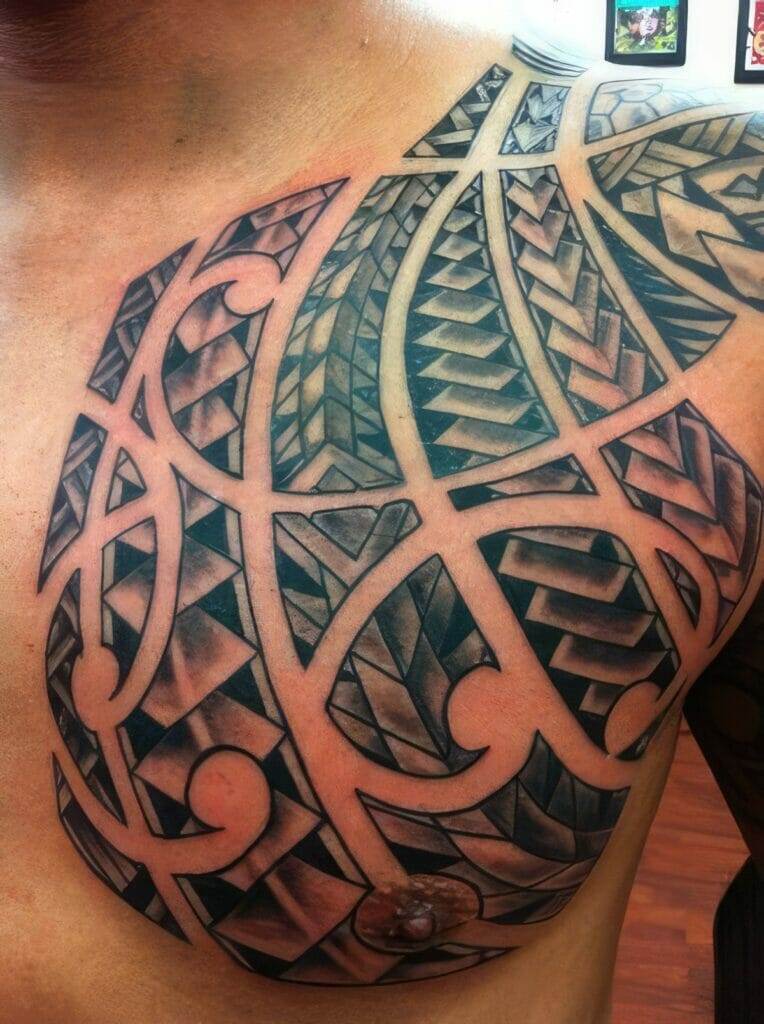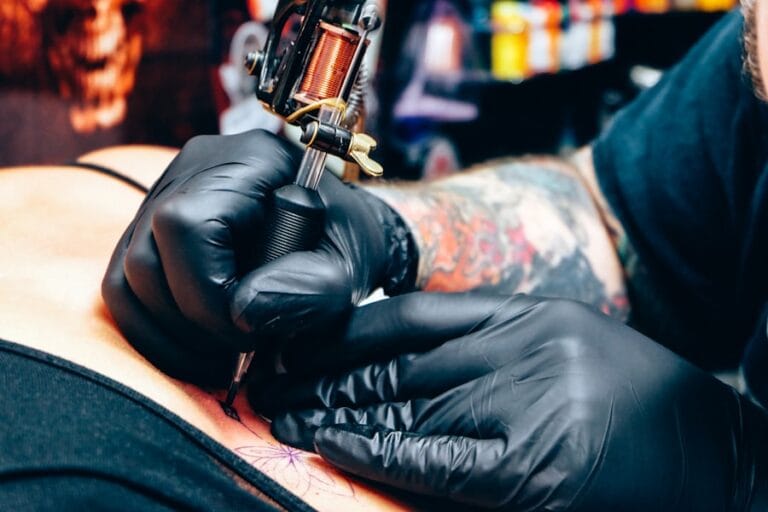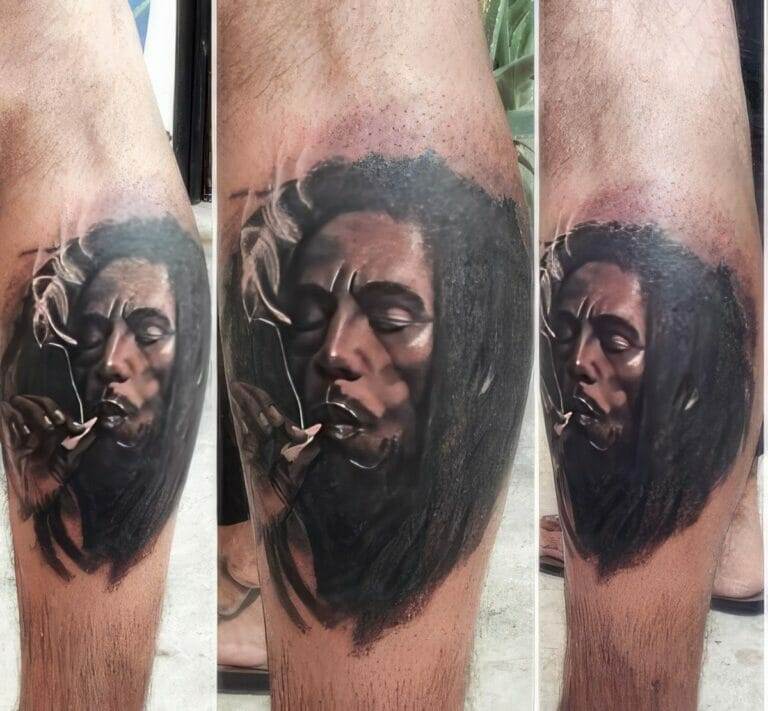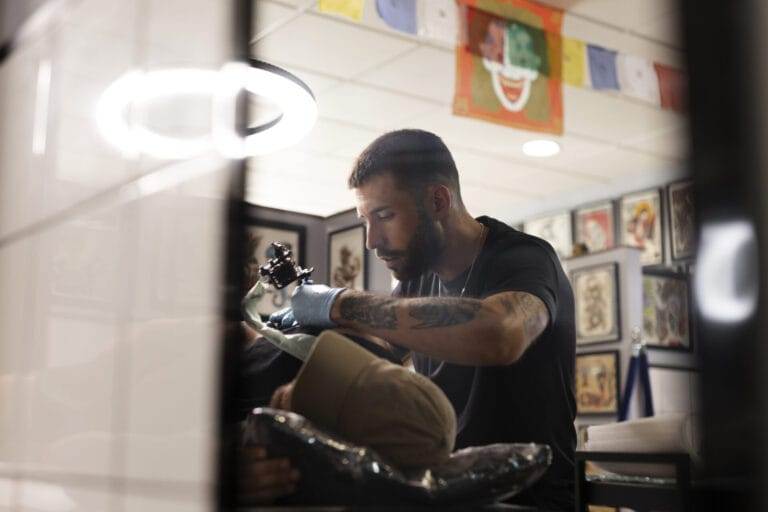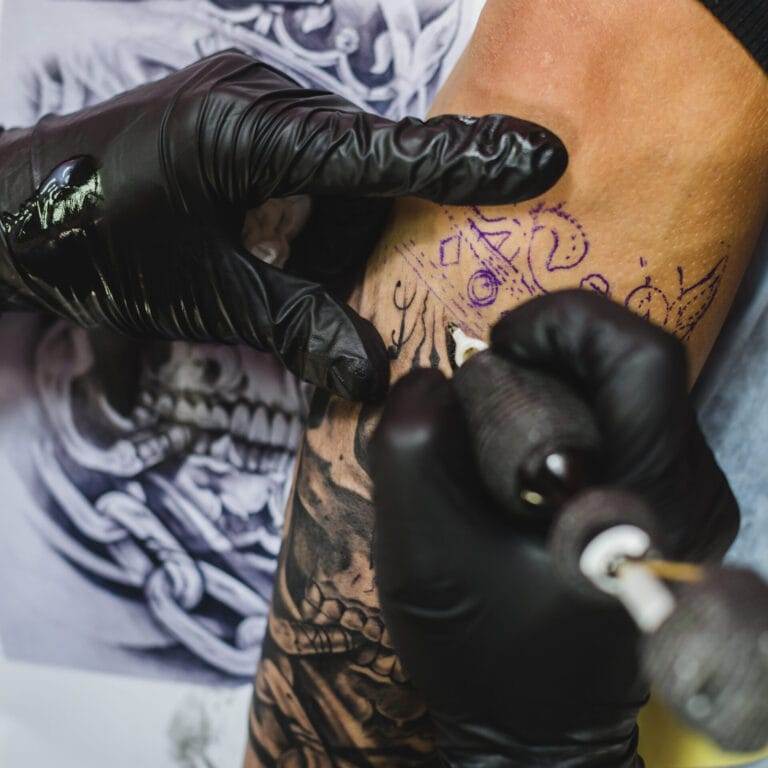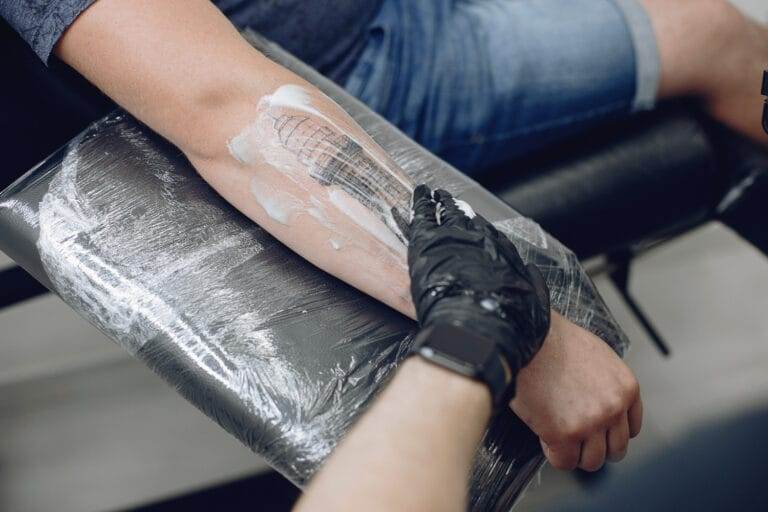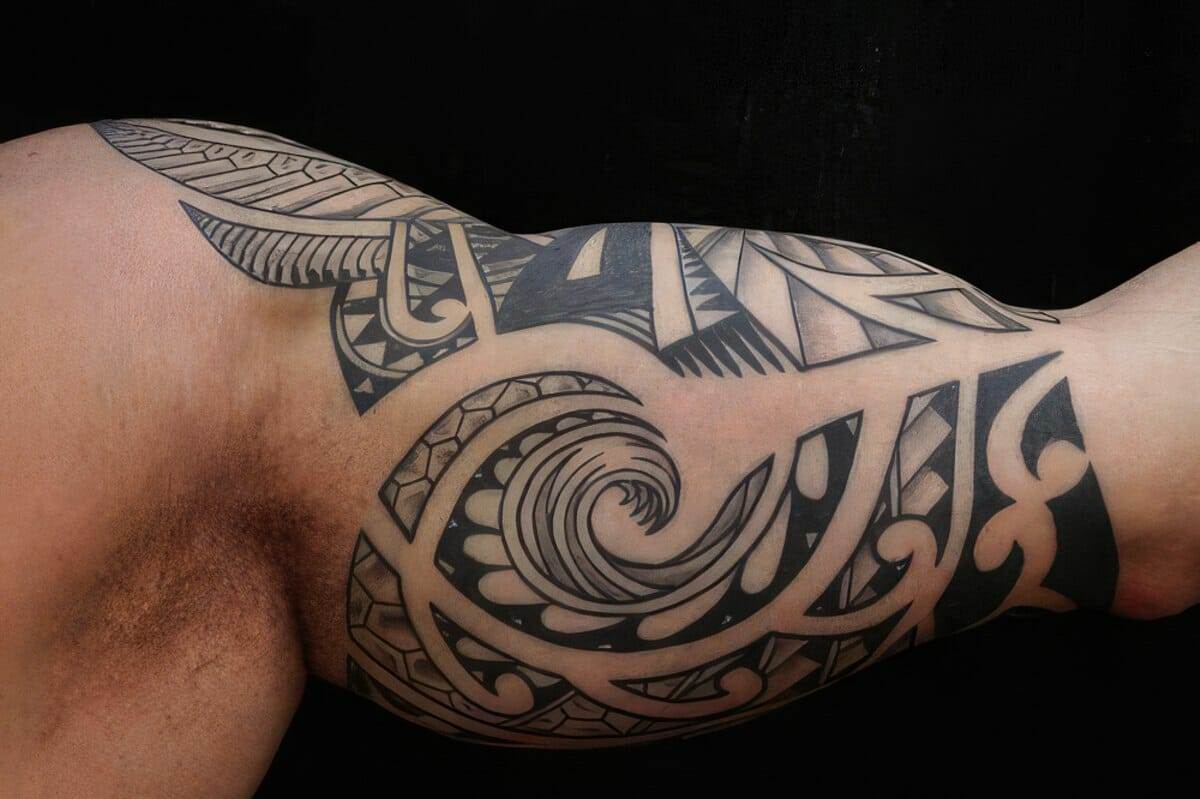
Tā Moko is a traditional form of tattooing that holds immense cultural significance in Polynesian societies. This unique art form has been practiced for centuries and is deeply rooted in the cultural and spiritual beliefs of the Polynesian people. In this blog post, we will explore the history, techniques, symbolism, and contemporary relevance of Tā Moko. By delving into these aspects, we hope to gain a deeper understanding of the cultural importance of Tā Moko and foster appreciation for this living art form.
History of Tā Moko: Tracing the Roots of Polynesian Tattooing
The origins of Tā Moko can be traced back thousands of years to the indigenous people of Polynesia. It is believed that Tā Moko was brought to New Zealand by the Maori people, who are descendants of Polynesian settlers. Over time, Tā Moko evolved and developed unique characteristics in different Polynesian cultures.
Tā Moko was not only a form of body adornment but also served as a way to convey one’s genealogy, social status, and personal achievements. It was a visual representation of one’s identity and connection to their ancestors. The intricate designs and patterns used in Tā Moko were not just decorative; they held deep spiritual and cultural meanings.
The Art of Tā Moko: Techniques and Tools Used in Traditional Polynesian Tattooing
Traditional Tā Moko is created using uhi, which are chisels made from bone or other materials. These uhi are tapped into the skin using a mallet, creating grooves that are then filled with pigment. The process is painstakingly slow and requires great skill and precision from the artist.
The skill and experience of the artist are crucial in creating a successful Tā Moko design. The artist must have a deep understanding of the cultural and spiritual significance of the symbols and motifs used in Tā Moko. They must also have a keen eye for detail and the ability to adapt the design to fit the individual’s body.
Symbolism in Tā Moko: Decoding the Meanings Behind Polynesian Tattoo Designs
Tā Moko designs are rich in symbolism and each element holds a specific meaning. The designs often incorporate symbols that represent aspects of nature, such as animals, plants, and celestial bodies. These symbols are deeply rooted in Polynesian mythology and carry spiritual significance.
For example, the koru symbol, which resembles an unfurling fern frond, represents new life, growth, and regeneration. The manaia symbol, which combines elements of humans, birds, and fish, represents spiritual guardianship and protection. Each symbol used in Tā Moko tells a story and reflects the individual’s personal journey and connection to their culture.
Tā Moko vs. Tattoo: The Differences Between Polynesian and Western Tattooing
Tā Moko is often compared to Western tattooing, but there are significant differences between the two art forms. While Western tattooing focuses on aesthetics and personal expression, Tā Moko is deeply rooted in cultural and spiritual beliefs.
In Western tattooing, designs are often chosen based on personal preference or aesthetic appeal. In contrast, Tā Moko designs are unique to each individual and reflect their genealogy, social status, and personal achievements. The process of getting a Tā Moko tattoo is also different from Western tattooing, as it involves using uhi chisels instead of modern tattoo machines.
Tā Moko and Identity: How Polynesian Tattoos Reflect Individual and Cultural Identity
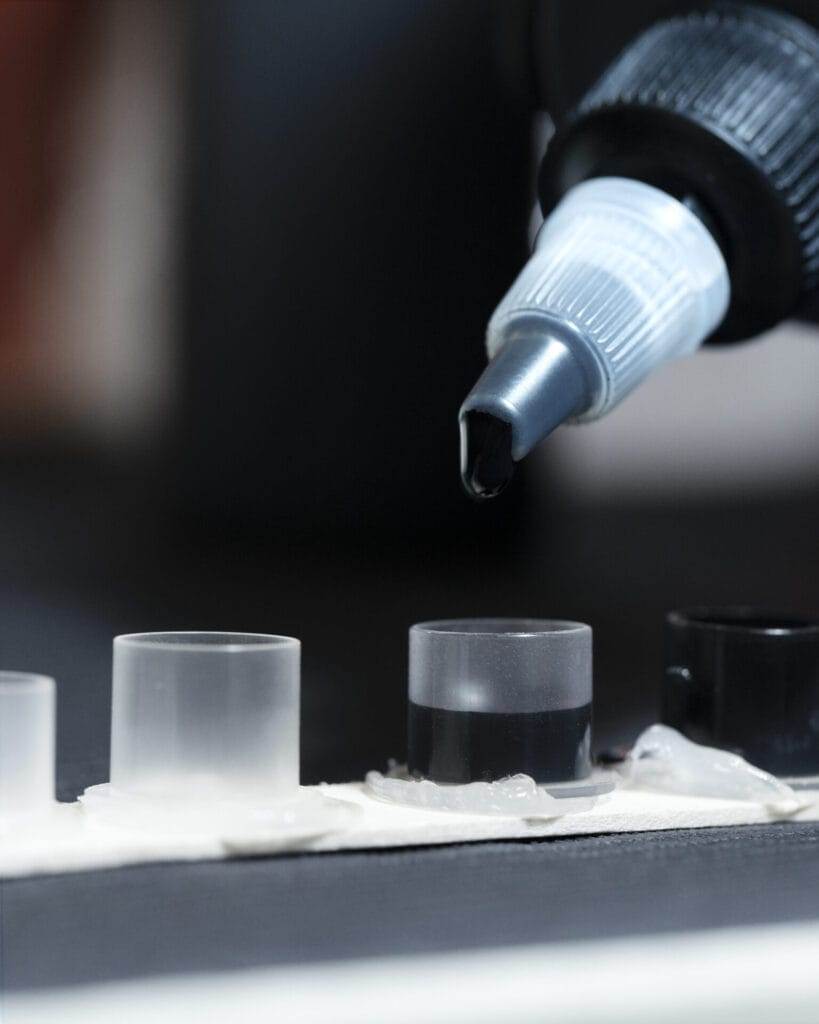
Tā Moko tattoos are deeply personal and reflect both individual and cultural identity. Each design is unique to the individual and tells their personal story. The symbols and motifs used in Tā Moko reflect the individual’s genealogy, social status, and personal achievements.
Tā Moko also plays a crucial role in preserving Polynesian cultural heritage. As a living art form, Tā Moko continues to evolve and adapt to contemporary styles and techniques. It serves as a visual representation of Polynesian culture and helps to keep traditions alive.
Tā Moko in Contemporary Culture: The Revival and Evolution of Polynesian Tattooing
In recent years, there has been a revival of interest in Tā Moko, both within Polynesian communities and among non-Polynesian individuals. This revival has led to the evolution of Tā Moko, with artists incorporating contemporary styles and techniques into their designs.
Contemporary Tā Moko artists are pushing the boundaries of traditional designs while still respecting the cultural and spiritual significance of the art form. This evolution has allowed Tā Moko to reach a wider audience and gain recognition as a unique and beautiful art form.
Tā Moko and Gender: Traditions and Taboos Surrounding Polynesian Tattooing for Men and Women
Traditionally, Tā Moko was primarily practiced by men, as it was seen as a symbol of masculinity and warrior status. Women, on the other hand, had their own form of tattooing called moko kauae, which was limited to the chin area.
However, in contemporary times, there has been a shift in gender roles and taboos surrounding Tā Moko. Women are now getting full-face moko designs, breaking traditional norms and reclaiming their cultural identity. This shift reflects the changing dynamics of gender roles within Polynesian societies.
Tā Moko and Pain: Understanding the Physical and Spiritual Experience of Polynesian Tattooing
Getting a Tā Moko tattoo is not just a physical experience but also a spiritual one. The process of getting a Tā Moko tattoo can be painful, as it involves the use of uhi chisels to create grooves in the skin. This pain is seen as a rite of passage and a test of endurance.
The pain endured during the Tā Moko process is believed to strengthen the individual’s connection to their ancestors and the spiritual realm. It is seen as a way to honor their cultural heritage and demonstrate their commitment to preserving their identity.
Appropriation vs. Appreciation: Navigating the Ethics of Getting a Tā Moko Tattoo
As Tā Moko gains popularity outside of Polynesian communities, it is important to navigate the ethics of getting a Tā Moko tattoo as a non-Polynesian individual. Cultural appropriation is a concern, as it involves taking elements of another culture without understanding or respecting their significance.
To avoid cultural appropriation, it is crucial to approach Tā Moko with cultural sensitivity and respect. This means educating oneself about the cultural and spiritual significance of Tā Moko, seeking out artists who have a deep understanding of the art form, and engaging in open and respectful conversations with Polynesian communities.
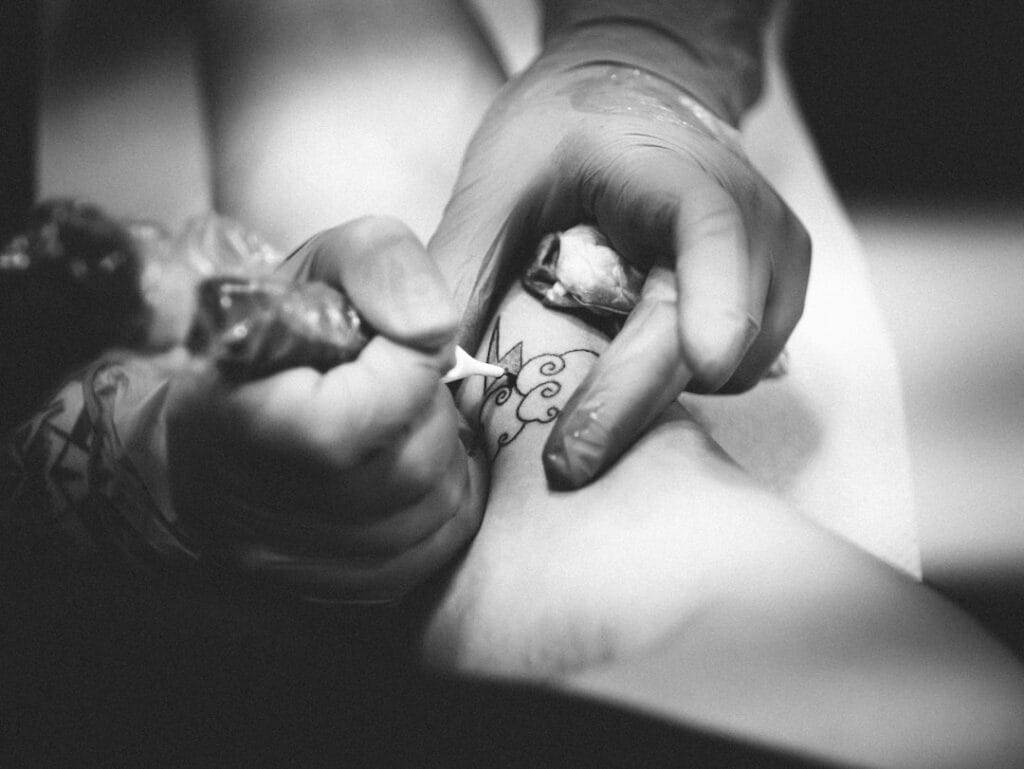
Celebrating the Richness and Beauty of Tā Moko as a Living Art Form
Tā Moko is not just a form of body adornment; it is a living art form that holds immense cultural and spiritual significance in Polynesian societies. By understanding the history, techniques, symbolism, and contemporary relevance of Tā Moko, we can gain a deeper appreciation for this unique art form.
Tā Moko serves as a visual representation of individual and cultural identity, preserving Polynesian cultural heritage for future generations. As Tā Moko continues to evolve and adapt to contemporary styles and techniques, it remains a powerful and beautiful expression of Polynesian culture.



